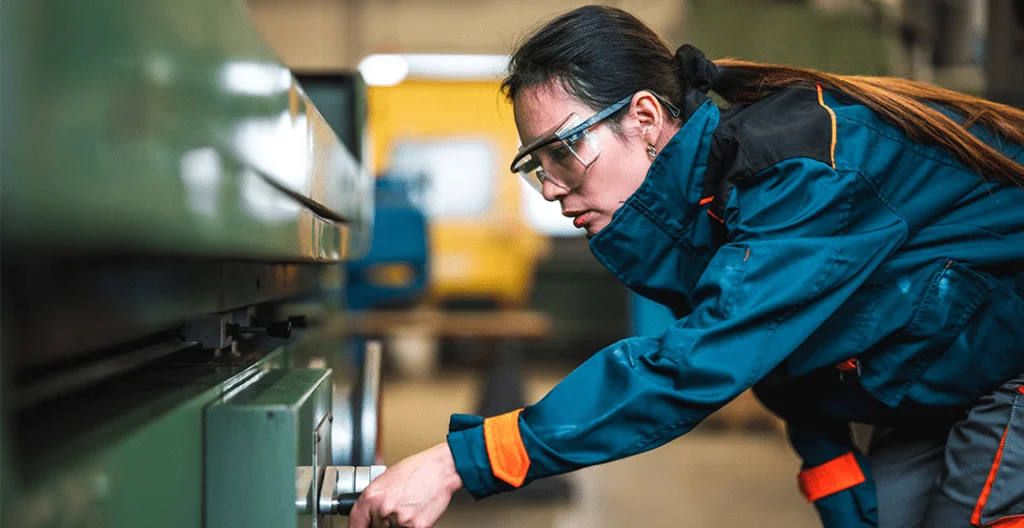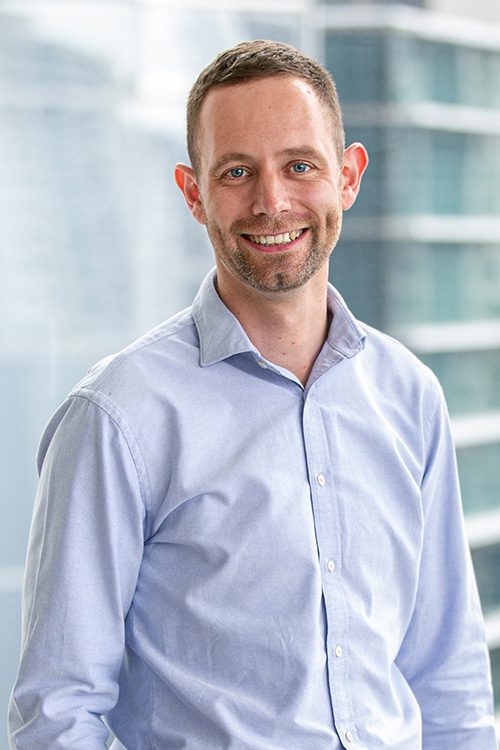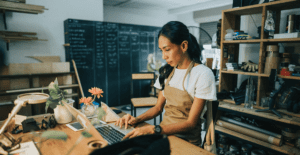As we continue to grapple with the challenges that stem from climate change, pollution and resource depletion, industries recognise the urgent need to transition to a more sustainable economic model. One such model that has gained significant traction in recent years is the circular economy. More manufacturing companies are discussing the circular economy and how to create supply chains that focus on reuse, recycle and repurposed materials.
What is a circular economy?
Australia operates largely on a linear economy model, where goods are produced, used, and disposed of. In contrast, a circular economy is a closed-loop system in which design, production and consumption are all based on sustainability; waste is minimised and resources are preserved. Within a closed-loop production line, energy consumption is kept to a minimum and products are designed to have an infinite life. At the end of their useful life, the products are reused, recycled or repurposed. The key difference is that a linear economy focuses on profitability, irrespective of the product life cycle and environmental cost, whereas a circular economy targets sustainability.
Three primary principles associated with a transition to a circular economy
- Design out waste and pollution
- Keep products and materials in use
- Regenerate natural systems
Design out waste and pollution
Products should be designed to be durable, repairable and capable of being disassembled and recycled when necessary. Materials should be sourced responsibly, and products should be designed to minimise waste and reduce energy use during their production. This requires manufacturers to rethink their traditional linear production models (which tend to focus on fast-paced, disposable products) and shift towards more circular patterns of production. An example of this is redesigning the packaging of a product to have reusable or biodegradable materials. Another example is reducing the reliance on single-use products such as water bottles and coffee cups and designing products that are easily transportable and reusable. Single-use products are a significant contributor to waste in a linear economy.
Keep products and materials in use
The second principle of a circular economy is to circulate products and materials within the economy for as long as possible. Products should be designed for multiple lifetimes and products and materials should be reused, repaired, recycled and remanufactured. To achieve this, manufacturers can adopt a variety of practices, such as repairing and refurbishing products, providing rental models or implementing take-back schemes to collect used products and packaging and reuse or recycle them. One example of this is the Tyre Stewardship Australia (TSA). The purpose of the TSA is to deliver sustainable outcomes for the end-of-life tyre. The TSA funds different projects and assists with research and development to create new ways tyres can be recycled.
Regenerate natural systems
A circular economy aims to do good for the overall environment. Manufacturers should aim to reduce their impact on the environment by using renewable energy sources, recover energy directly from the manufacturing process or by incinerating waste. This principle promotes the responsible use of available resources including water and land.
Benefits of a circular economy
For manufacturers, adopting a circular economy approach can yield several significant benefits, not only in terms of sustainability but also from a business perspective.
Increased resource efficiency
A circular economy approach to manufacturing ensures that resources are used efficiently, waste is minimised and the need for disposal is reduced. This can save on disposal costs and increase productivity and profitability.
Reduced reliance on raw materials
We have seen the impacts of supply and demand and inflation on the resourcing of raw materials in the current market. Repurposing waste eliminates the costs of sourcing raw materials and increases the efficiency of production lines.
New markets
Manufacturers can repurpose waste material in a new product market by selling off their waste materials. Manufacturers need to understand the waste generated at each stage of the manufacturing process and determine if there is a need or use for that waste in other markets.
Premium product pricing
Products that are designed to be durable and long lasting have strong rationale for premium pricing. This is due to the consumer needing fewer purchases over time. We know that many consumers are willing to pay a premium for a sustainable product and expect this trend to increase.
Improved brand reputation
Adopting a circular economy approach can improve a manufacturer’s brand reputation by demonstrating a commitment to sustainability and environmental responsibility. This can be particularly attractive to consumers and potential employees and can differentiate a company from its competitors in the marketplace.
New innovations lead to new opportunities
New technologies and systems are required to make a circular economy work. Manufacturers that invest in such developments and innovate in this space can benefit greatly from increased demand for these products and services. Through technological innovation, new industries can be created.
By adopting a circular economy approach, manufacturers can build a more sustainable, profitable, and resilient economic future. Product stewardship schemes support this circular economy approach and the environmentally sound management of products and materials. William Buck advises several product stewardship schemes on transitioning to a circular economy and sourcing funding including through State and Federal Government grants. For more information, contact your local William Buck Business Advisor.






















